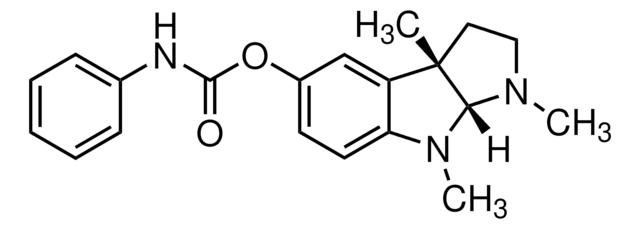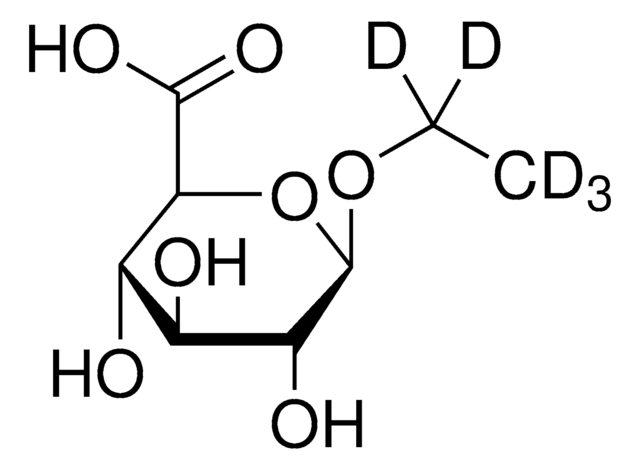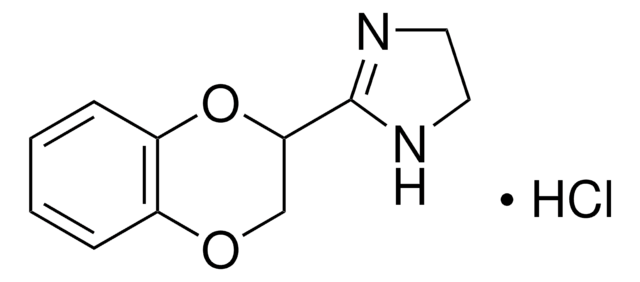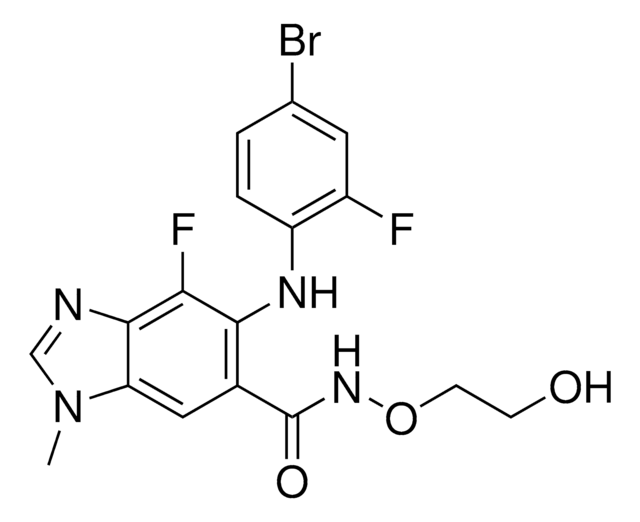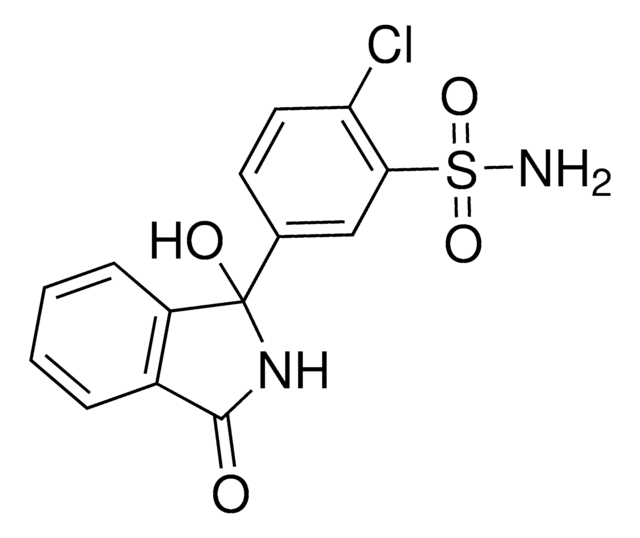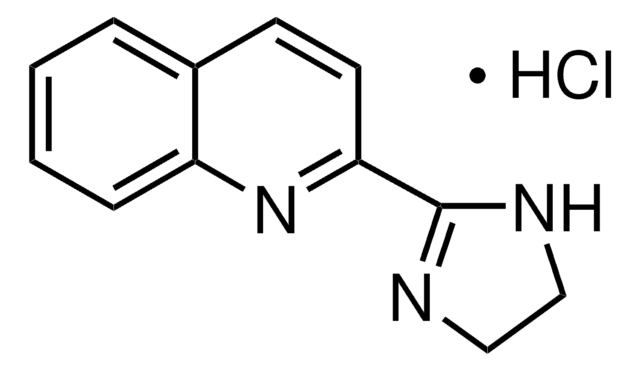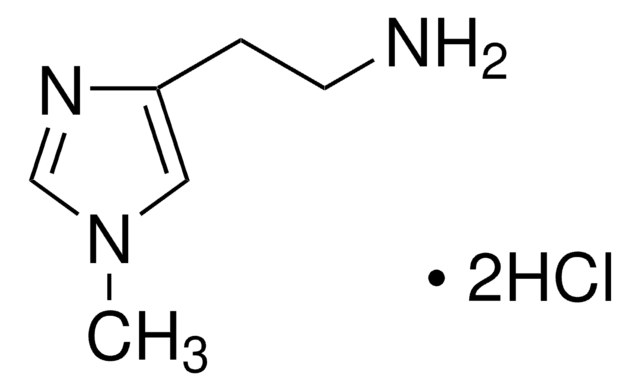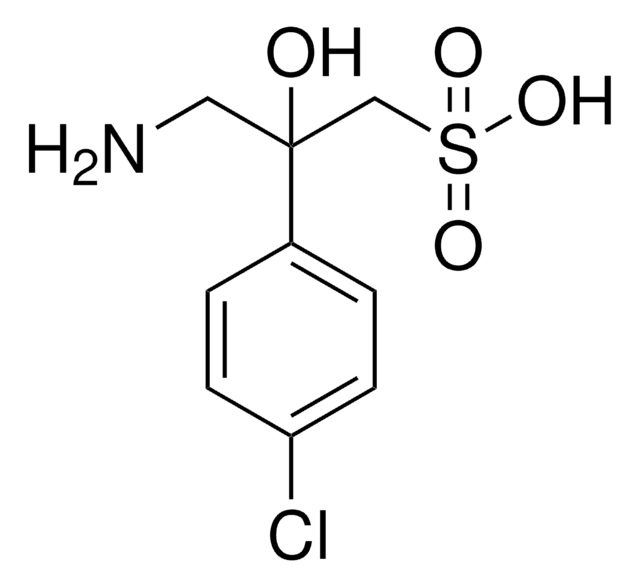Key Documents
E3263
Efaroxan hydrochloride
≥98% (HPLC)
Synonim(y):
2-Ethyl-2-(imidazolin-2-yl)-2,3-dihydrobenzofuran hydrochloride, RX 821037A
About This Item
Polecane produkty
Poziom jakości
Próba
≥98% (HPLC)
rozpuszczalność
H2O: >20 mg/mL
ciąg SMILES
Cl.CCC1(Cc2ccccc2O1)C3=NCCN3
InChI
1S/C13H16N2O.ClH/c1-2-13(12-14-7-8-15-12)9-10-5-3-4-6-11(10)16-13;/h3-6H,2,7-9H2,1H3,(H,14,15);1H
Klucz InChI
DWOIUCRHVWIHAH-UHFFFAOYSA-N
informacje o genach
human ... ADRA1A(148) , ADRA1B(147) , ADRA1D(146) , ADRA2A(150) , ADRA2B(151) , ADRA2C(152)
Działania biochem./fizjol.
Cechy i korzyści
Hasło ostrzegawcze
Danger
Zwroty wskazujące rodzaj zagrożenia
Zwroty wskazujące środki ostrożności
Klasyfikacja zagrożeń
Acute Tox. 3 Oral
Kod klasy składowania
6.1C - Combustible acute toxic Cat.3 / toxic compounds or compounds which causing chronic effects
Klasa zagrożenia wodnego (WGK)
WGK 3
Temperatura zapłonu (°F)
Not applicable
Temperatura zapłonu (°C)
Not applicable
Środki ochrony indywidualnej
Eyeshields, Faceshields, Gloves, type P2 (EN 143) respirator cartridges
Certyfikaty analizy (CoA)
Poszukaj Certyfikaty analizy (CoA), wpisując numer partii/serii produktów. Numery serii i partii można znaleźć na etykiecie produktu po słowach „seria” lub „partia”.
Masz już ten produkt?
Dokumenty związane z niedawno zakupionymi produktami zostały zamieszczone w Bibliotece dokumentów.
Nasz zespół naukowców ma doświadczenie we wszystkich obszarach badań, w tym w naukach przyrodniczych, materiałoznawstwie, syntezie chemicznej, chromatografii, analityce i wielu innych dziedzinach.
Skontaktuj się z zespołem ds. pomocy technicznej